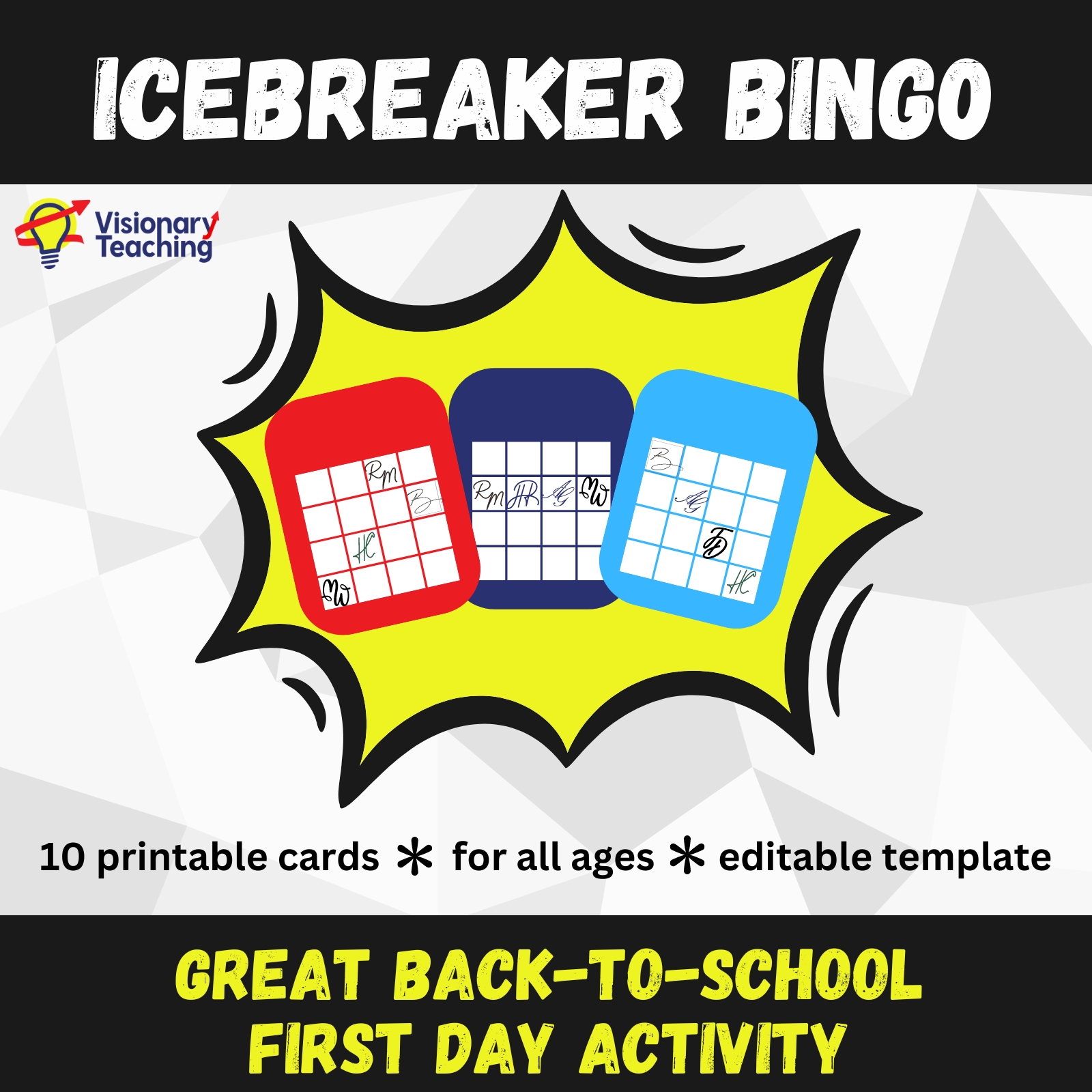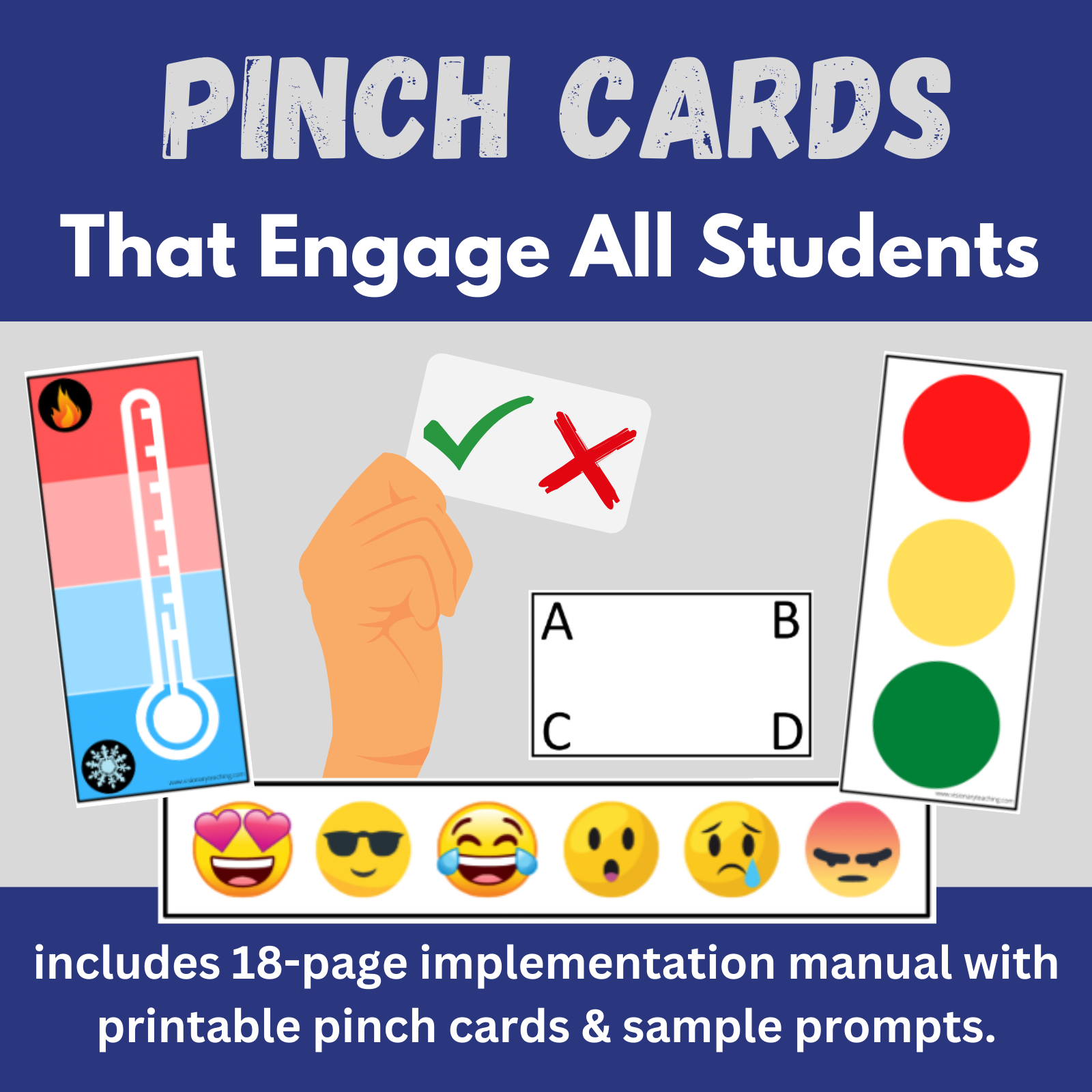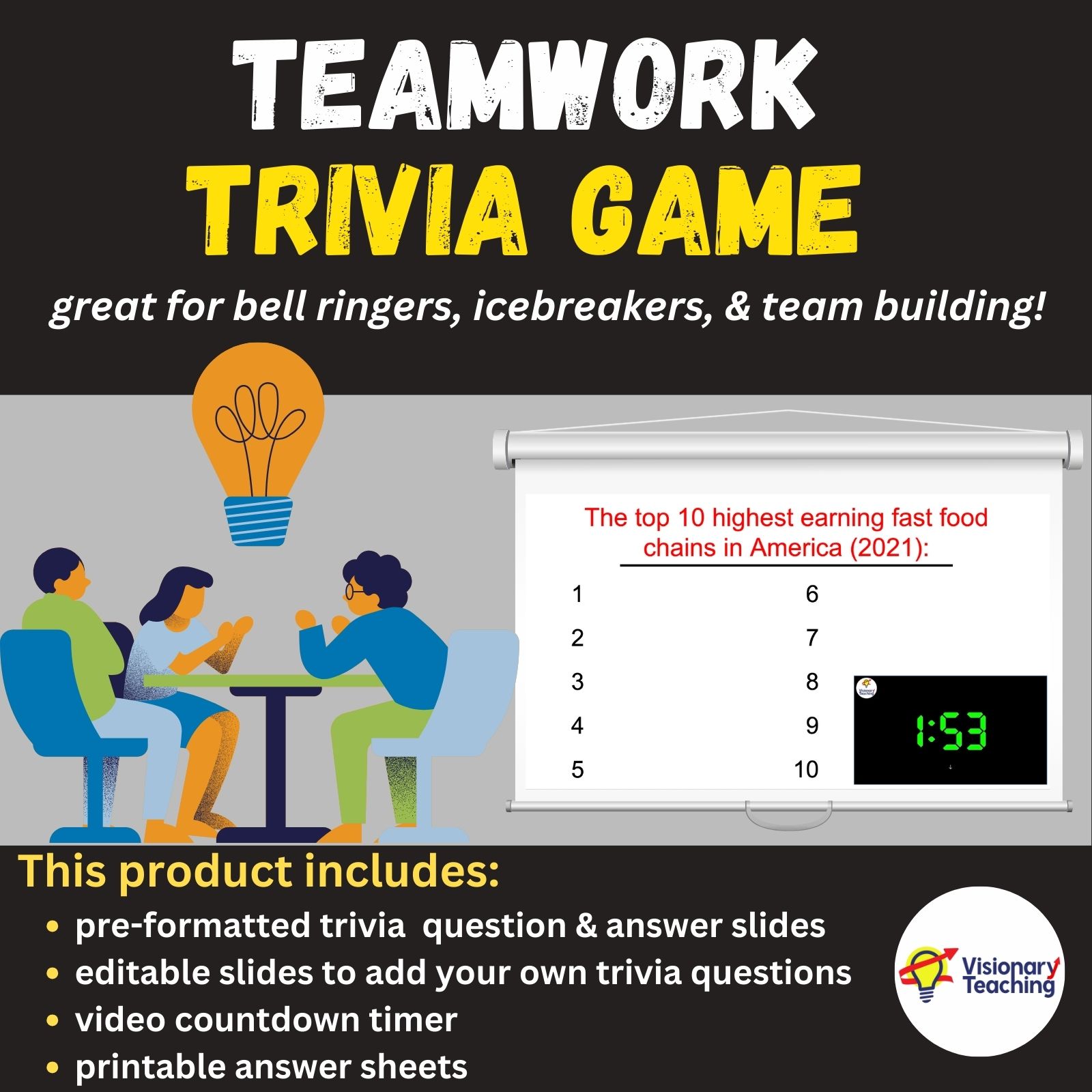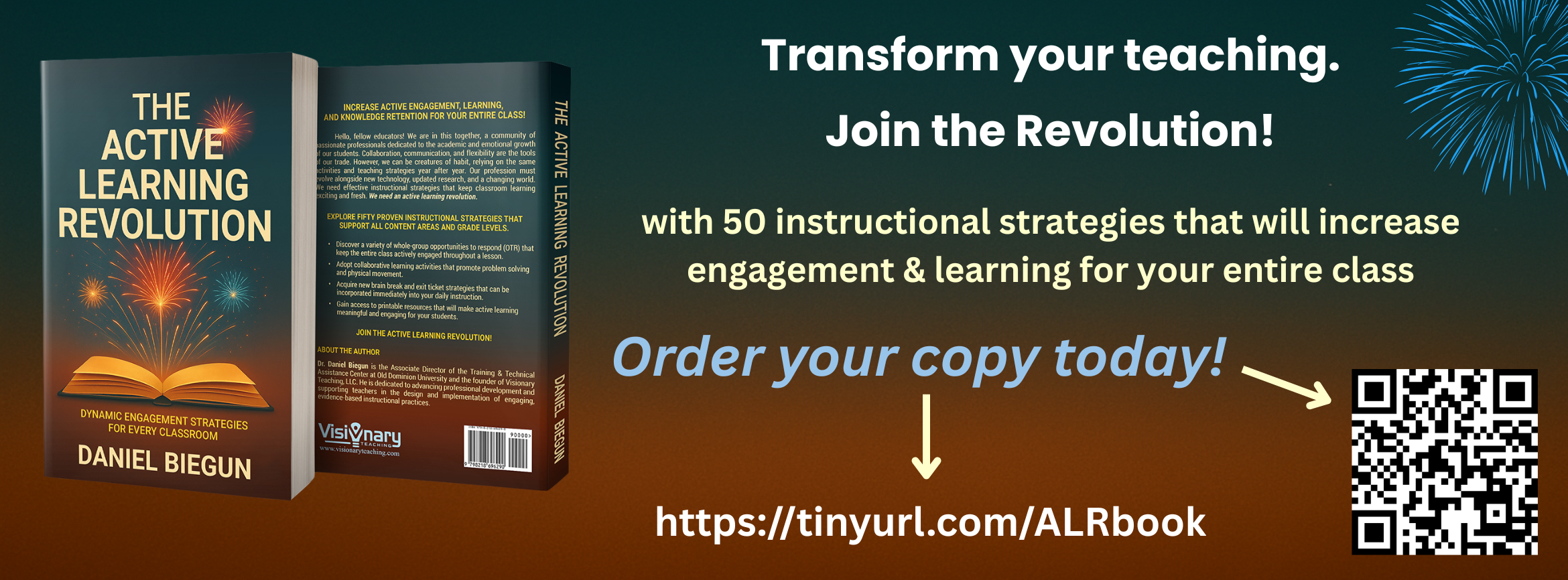
Teachers have known about brain breaks for years, but there has never been a better time to use them than now. Virtual students sit in front of computer screens all day and need opportunities for physical movement.
Brain breaks are short activities that are designed to improve student focus and attention by stimulating blood and oxygen flow to the brain. Many teachers use YouTube or Go Noodle to show short music videos that encourage students to stand up and move. Such activities are fine, but there are other options.
The Server
During my live presentations, the Server is always an audience favorite. This is a great example of a brain break because it is physical, it requires concentration, and it promotes problem solving.
- Grab a book, notebook, or other flat object.
- Hold your object in the palm of your hand as a server would hold a tray.
- Rotate your wrist outward.
- Drop your arm and rotate your wrist inward.
- Raise your item back to the beginning server position.
Ear & Nose
- Take your right pointer finger and touch the tip of your nose.
- Take your left thumb & pointer finger and pinch your right ear lobe.
- Now, switch your hands back and forth as fast as you can.
Draw the Alphabet
Ask your students to stand on one foot. On your cue, each student should use their pointer finger to draw the alphabet in the air as quickly as possible. If you want to change things up, you can specify lowercase letters or cursive letters.
Pen Flip
Students can enjoy the pen flip brain break while sitting or standing. Ask them to imitate a variety of pen flips including:
- half rotation
- full rotation
- flip from one hand to the other
- 2 pens at a time
Put it Back
This is a simple brain break that the students will like and their parents will love. Tell your class that they have 45 seconds to each stand up, find an object in the room that is out of place, put the item where it belongs, and then return to their seats.
The Put it Back brain break actually works best for synchronous virtual instruction, but could also be utilized in a face-to-face classroom.
You can find more great Brain Breaks here!
I love brain breaks and I have many, many more to share with you. We will definitely explore other options in the future. For now, give these 5 ideas a try with your students and help them energize, engage, and get focussed for the remainder of your academic lesson.
Happy teaching!





